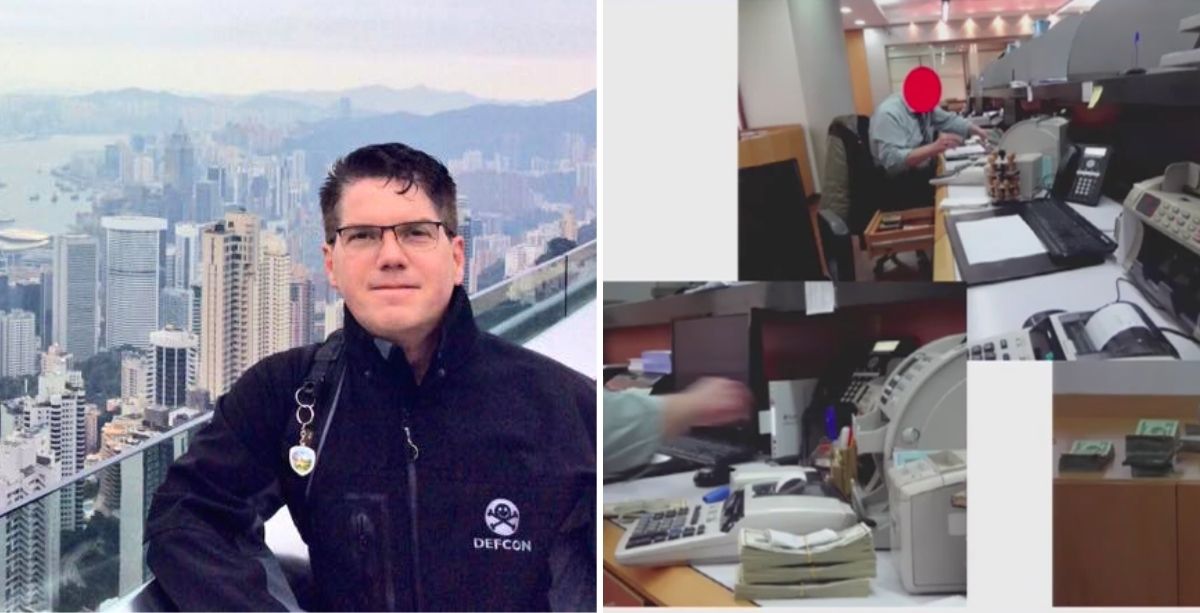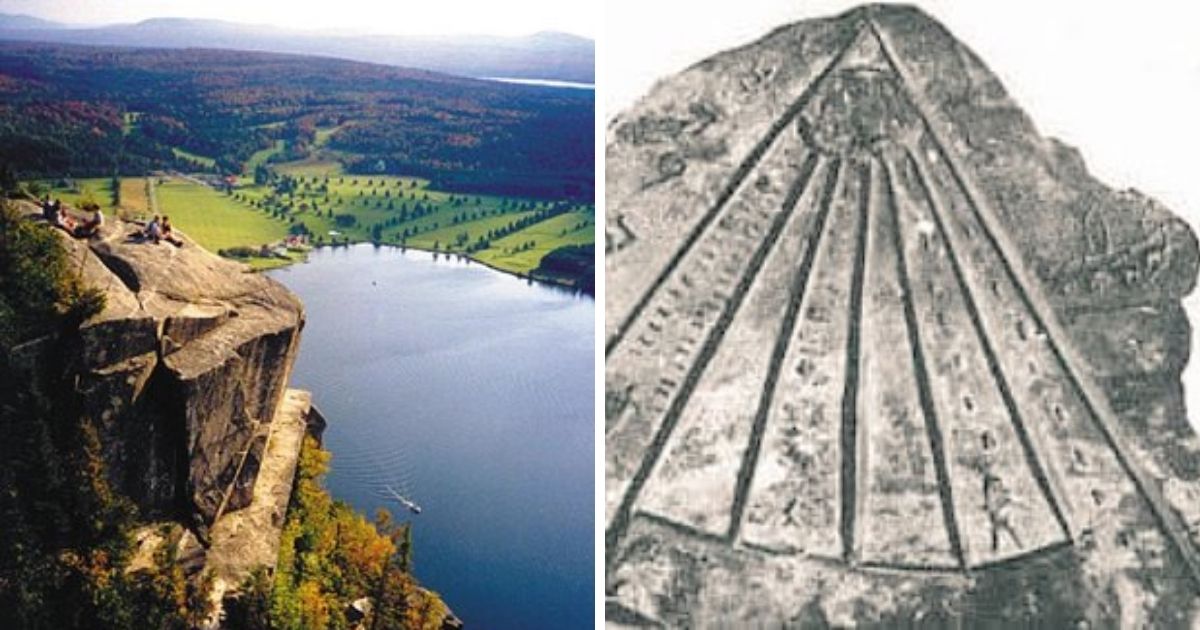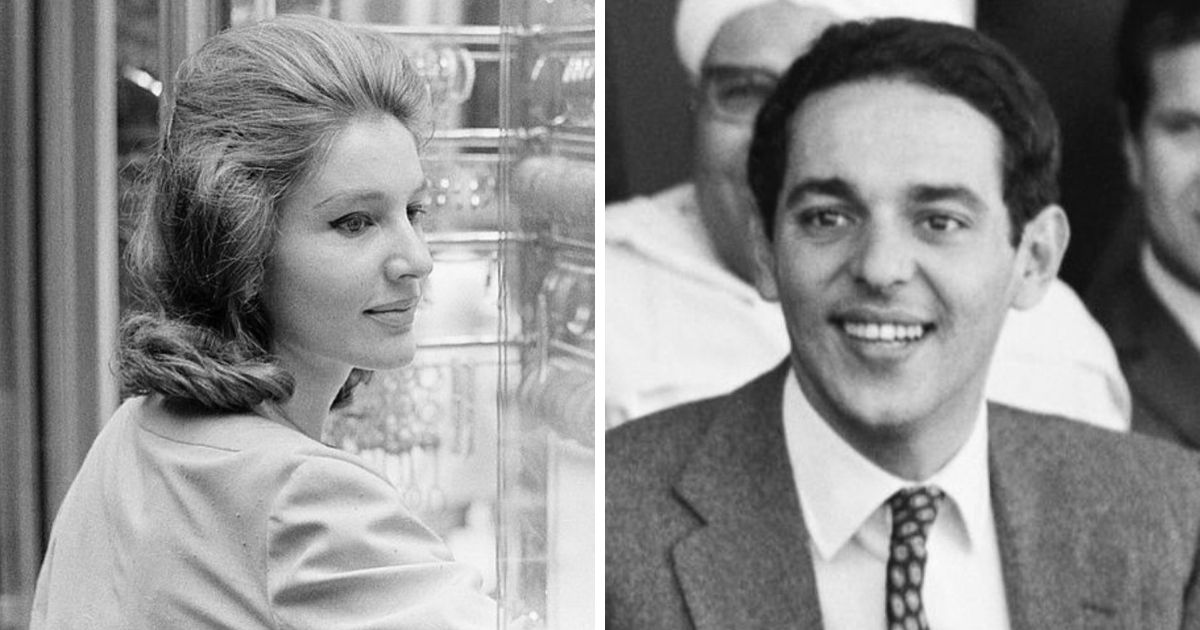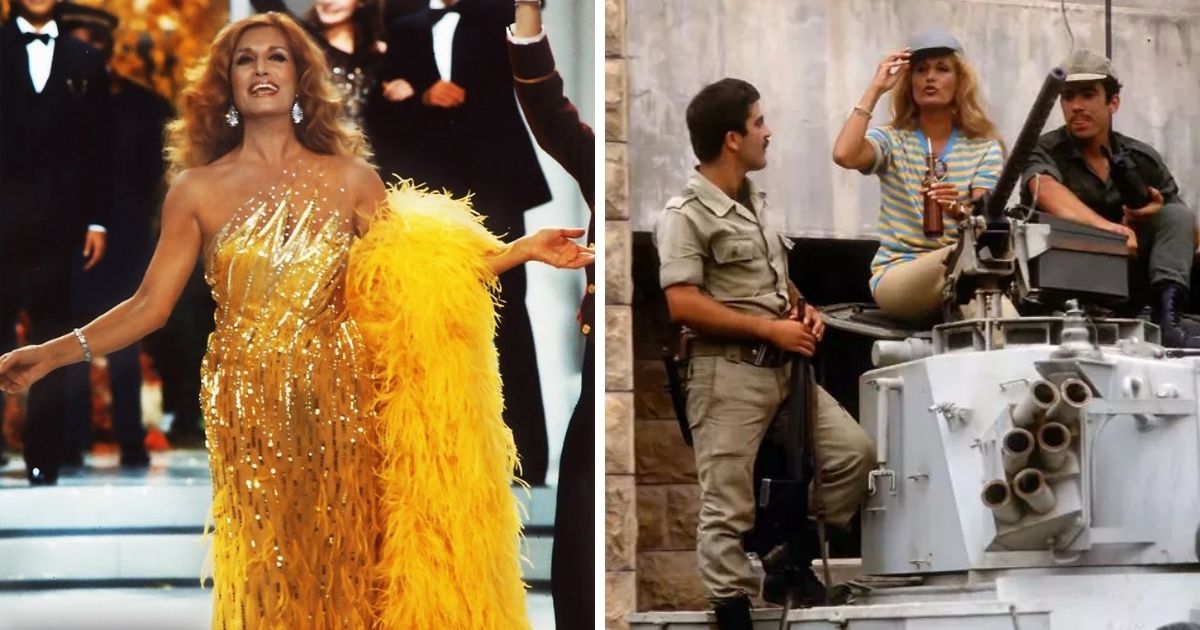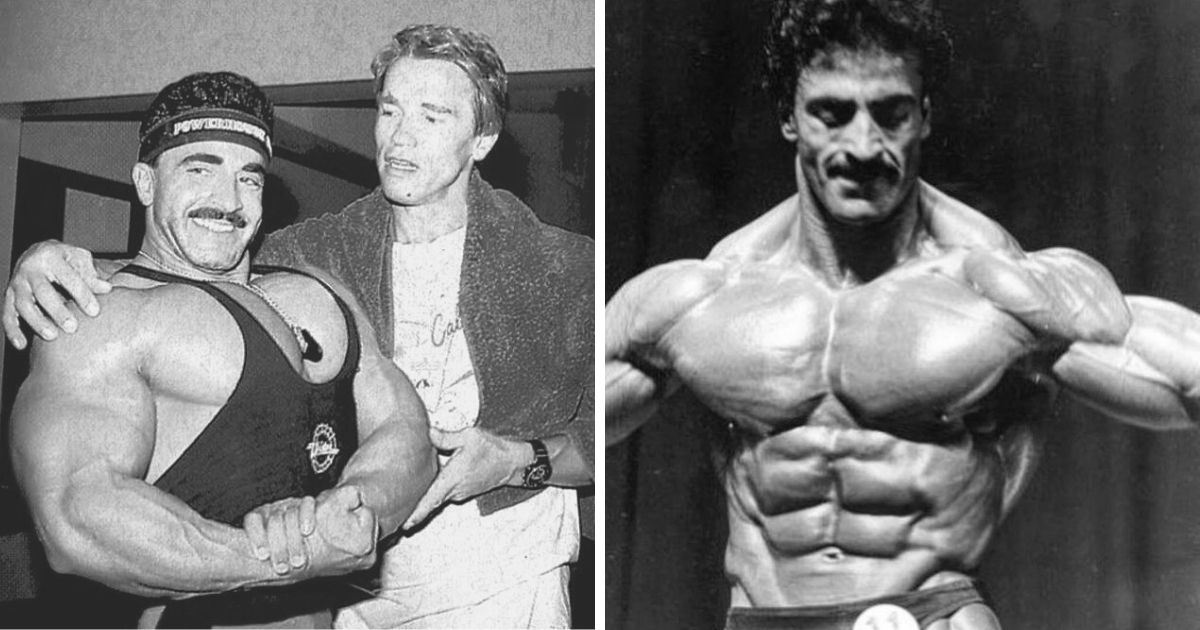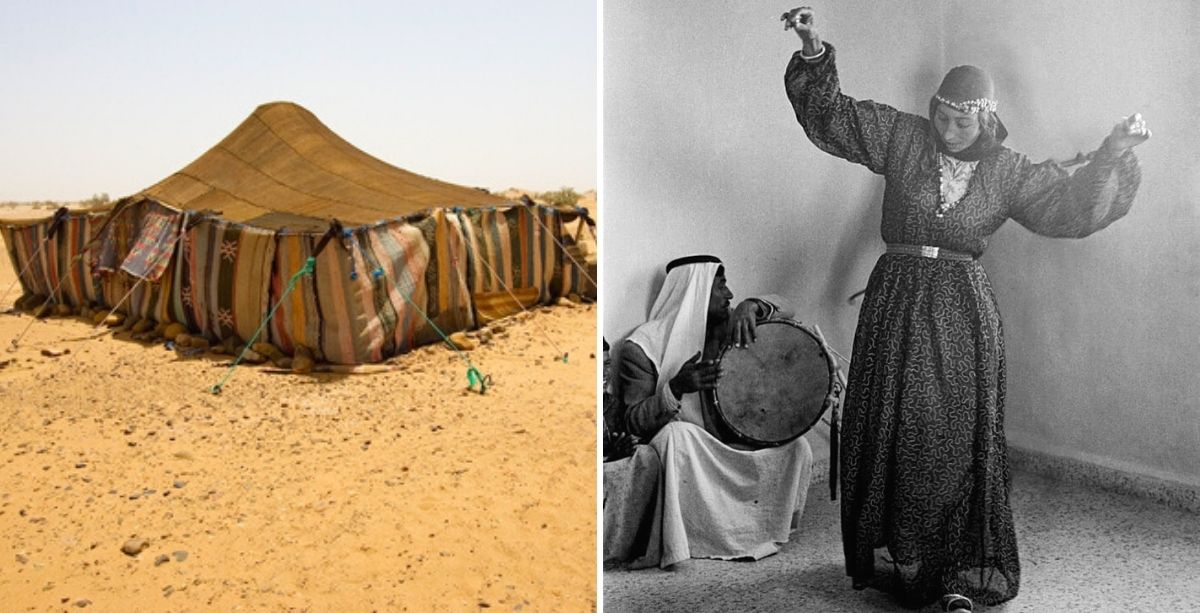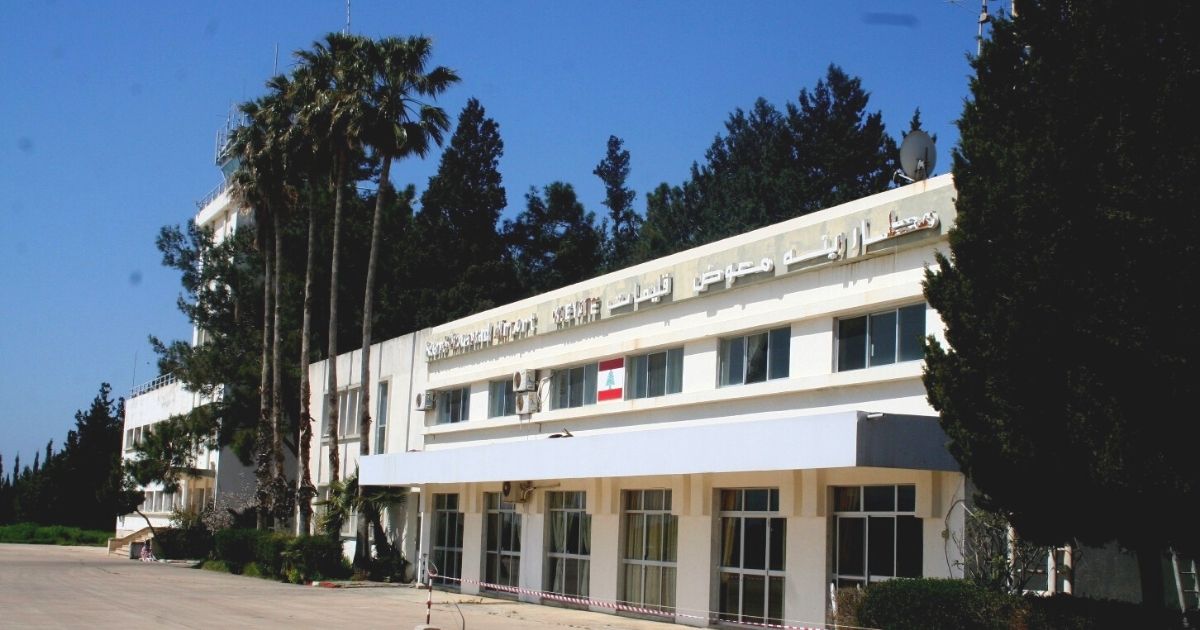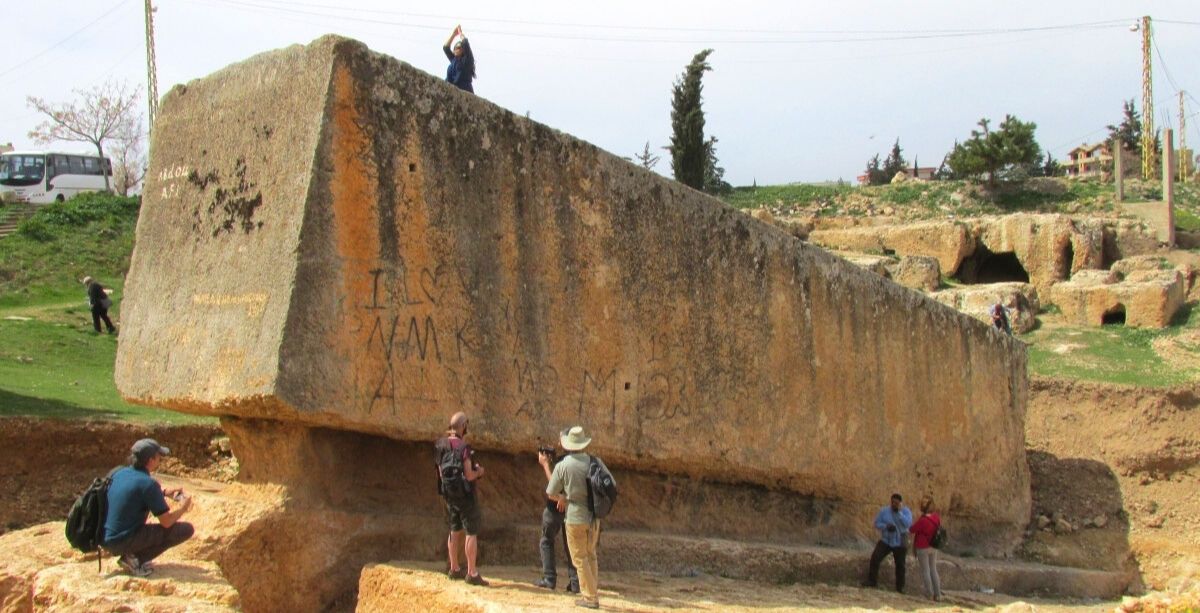The Martyrs’ Monument that stands in Beirut’s central square today is an icon of Lebanon’s history.
However, it was not the first monument to be built in the memory of the 1916 martyrs; here’s the story of the first Martyrs’ Square monument.
To commemorate the Lebanese nationals who were coldly executed by the “Bloodthirsty” Ottoman military leader Jamal Pasha, pre-independence Lebanon wanted to erect a monument in the site of their execution in Beirut.
The inauguration of the first sculpture for this cause took place in 1930, 14 years after the executions. Youssef Howayek, a Lebanese painter and sculptor from Halta, took charge of creating the monument.
Howayek’s limestone monument portrayed two Lebanese women, a Muslim and a Christian, holding hands over an urn that symbolized the ashes of each of their martyred children.
The sculptor opted to carve the Islamic Shahada (لا إله إلا الله) and a small cross, respectively on the two women’s chests, and the monument later became known as The Weeping Women (Les Pleureuses).
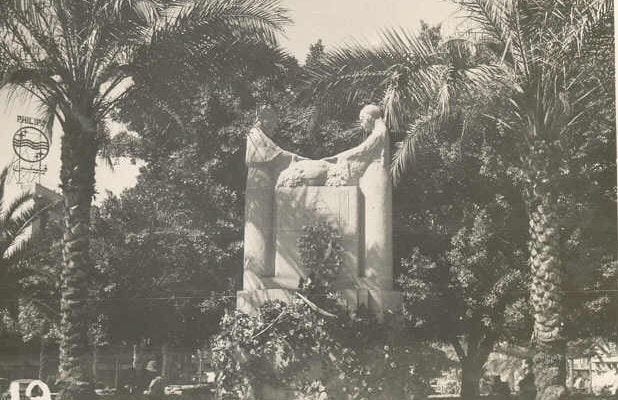
Despite its representation of solidarity, the monument, which was commissioned by the French Mandate authorities, was very unpopular among the Lebanese due to the way it depicted the mothers’ grief over a cremation urn.
Incidentally, a man attacked and damaged it with a hammer in 1948.
Nonetheless, The Weeping Women remained in Martyrs’ Square well after Lebanon gained its independence, before being finally removed in 1953.
Since 1993, it has been displayed outside the Sursock Museum in Beirut.
The iconic bronze Martyrs’ Monument that characterizes Beirut’s central square today only filled the void left by its predecessor eight years after its removal.
In 1960, President Fouad Chehab inaugurated the modern 4-meter-high statue.

